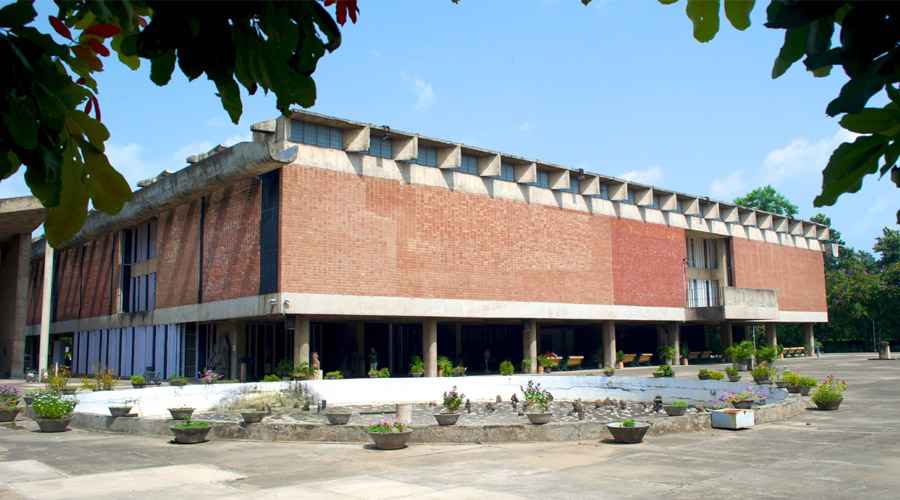India’s rich tapestry of history is woven through its iconic monuments, ancient temples, grand forts, and sacred sites. These historical places not only showcase architectural brilliance but also narrate the stories of empires, religions, and cultures that shaped the subcontinent. Here are the top 10 historical places in India, each representing a unique facet of the nation’s heritage.
1. Taj Mahal, Agra
A symbol of eternal love and Mughal architectural genius, the Taj Mahal was built by Emperor Shah Jahan in memory of his wife Mumtaz Mahal. Crafted from white marble and adorned with intricate inlay work, it stands as one of the Seven Wonders of the World and a UNESCO World Heritage Site.
2. Qutub Minar, Delhi
Standing at 73 meters, Qutub Minar is the world’s tallest brick minaret. Built in 1193 by Qutb-ud-din Aibak, it is a stunning example of Indo-Islamic architecture, featuring detailed carvings and Quranic inscriptions.
3. Ajanta Caves, Maharashtra
Carved between the 2nd century BCE and 6th century CE, the Ajanta Caves are a series of rock-cut Buddhist monuments renowned for their exquisite murals and sculptures. These caves are a testament to ancient Indian artistry and religious devotion.
4. Ellora Caves, Maharashtra
A marvel of rock-cut architecture, the Ellora Caves house Hindu, Buddhist, and Jain temples and monasteries. The crowning jewel is the Kailasa Temple, carved from a single rock, exemplifying the zenith of ancient Indian craftsmanship.
5. Sun Temple, Konark, Odisha
Built in the 13th century, the Sun Temple at Konark is designed as a colossal chariot dedicated to the Sun God. Its intricately carved wheels and panels are masterpieces of temple architecture.
6. Khajuraho Temples, Madhya Pradesh
Constructed between 950 and 1050 CE by the Chandela dynasty, the Khajuraho Temples are famed for their detailed sculptures and symbolic carvings, many depicting various aspects of human life and spirituality. The site is also a UNESCO World Heritage Site.
7. Hampi Monuments, Karnataka
Once the capital of the Vijayanagara Empire, Hampi is a vast complex of ruins, palaces, and temples. Its unique blend of Dravidian architecture and historical significance make it a magnet for historians and travelers alike.
8. Great Living Chola Temples, Tamil Nadu
These temples, including the Brihadeeswara Temple at Thanjavur, showcase the grandeur of the Chola dynasty. Built in the 11th and 12th centuries, they are renowned for their towering gopurams and detailed stone carvings.
9. Humayun’s Tomb, Delhi
Built in 1570, Humayun’s Tomb is the first garden-tomb in the Indian subcontinent. Its Persian-style architecture inspired later Mughal monuments, including the Taj Mahal.
10. Fatehpur Sikri, Uttar Pradesh
Constructed in the late 16th century by Emperor Akbar, Fatehpur Sikri was the Mughal capital for a brief period. Its red sandstone structures blend Islamic and Hindu styles, reflecting the syncretic culture of Akbar’s reign.
Honorable Mentions
- Red Fort, Delhi: A symbol of India’s sovereignty and Mughal grandeur.
- Golden Temple, Amritsar: The holiest Sikh shrine, known for its serene beauty and spiritual significance.
- Gateway of India, Mumbai: An iconic 20th-century monument commemorating the visit of King George V.
- Charminar, Hyderabad: Built in 1591, it is a landmark of Hyderabad and a fine example of Indo-Islamic architecture.
Conclusion
These historical places are not just architectural wonders but living chronicles of India’s diverse past. From ancient caves to majestic forts and sacred temples, each site offers a unique window into the civilizations and cultures that have flourished on the Indian subcontinent. Whether you are a history enthusiast or a curious traveler, these monuments promise an unforgettable journey through time.



